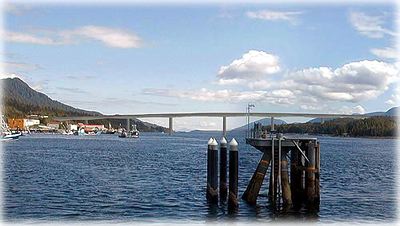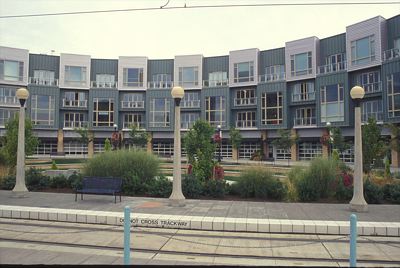The numbers in the rail summary spreadsheet show that rail transit often, but not always, uses less energy per passenger mile than buses. But this is deceptive because most rail lines are built in heavily traveled corridors, while many bus lines serve suburban routes and run nearly empty much of the day. The master spreadsheet shows fourteen different bus operations use less energy per passenger mile than the most energy-efficient rail operation. Thus, it is likely that many new rail lines use more energy per passenger mile than the buses they replaced.
The numbers in this week’s analyses also show that less than half of all U.S. rail transit lines use less energy per passenger mile than the average passenger car, and only three rail lines in the entire country use less than a Prius or other high-mileage auto. Thus, building rail transit provides no assurance of saving any energy.
My previous reports, Great Rail Disasters and Rail Disasters 2005 showed that San Diego and Boston are the only cities that have built new rail lines in the last 30 years that have seen an increase in transit’s share of total travel or commuter travel since 1980. If all rail transit does is divert riders of energy-efficient bus routes to less energy-efficient rail routes, then it is a complete waste of energy.
Meanwhile the energy cost of building rail transit can be huge, especially if tunneling is required. Even if rail operations save energy, it can take decades for that savings to make up for the energy cost of construction. Since rail lines have to be largely rebuilt every 30 years or so, any energy savings that does not repay the construction cost within 30 years is likely to be a net loss.
A few new rail lines, such as the San Diego light rail, do seem to save a small amount of energy, though it is likely it will take years if not decades for that savings to cover the cost of construction. The high dollar cost of rail transit, combined with the high risk that there will be no real savings, eliminates any notion that rail can be a cost-effective way of reducing energy consumption or greenhouse gas emissions.
If saving energy and reducing CO2 emissions are worthy public goals, then there are many transportation policies that can achieve these goals with greater assurance and at a far lower public cost. Here are three ideas.









